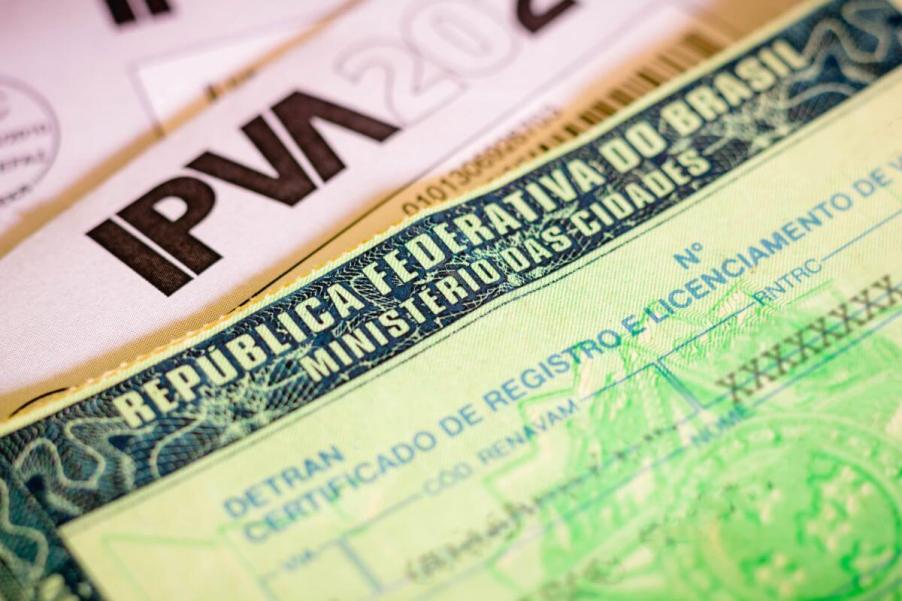
What’s the Difference Between a Car Title and a Vehicle Registration?
Most car owners have a car title and vehicle registration as part of car ownership and operation (legally, at least). So, what are the differences between these legal documents? Below is a rundown of what is a car title and vehicle registration and how they differ.
What is a car title?
A car title, also colloquially referred to as a “pink slip,” is effectively a government-issued document certifying a vehicle’s legal ownership. According to insurance company Progressive, information included on the car’s title can vary depending on the state in which it’s issued. However, car titles generally include the vehicle identification number (VIN), its make, model, year, and mileage at the time of the title issuance, the owner’s full name and address, the issue date of the title, and signatures of the owner and/or a state official.
A new car title can be obtained by either buying a car outright or once the loan on the vehicle has been paid in full. If payments are still being made on a car, the loan provider is in possession of the title. Titles can also be transferred from a previous owner to its new owner after a sale is completed.
There are various types of car titles.
A “clear title” shows the vehicle is owned outright, and there are no barriers to selling the car, which could include financial burdens like existing loans. A salvage title notes the car’s valuation has decreased significantly because of an accident, theft, or major repair. The threshold for a vehicle requiring a salvage title is typically if it loses 75% of its original value.
A junk title is used for cars that have been sold to junkyards and will be used for scrap metal or sold by the part. Some other common titles include a bonded title, reconstructed title, rebuilt title, or water damage title.
What is vehicle registration?
A vehicle’s registration is issued by a state government and shows a car is legally permitted to drive and who is responsible for its operation. The registration typically includes the car’s VIN, make, year and model, license plate number, and the registrant’s name and address. This document is usually obtained from your state’s Department of Motor Vehicles (DMV) and incurs a tax you must pay for registration. Most vehicle registrations must be renewed each year or every other year, depending on the state in which you live.
Registering a vehicle may also require the car to undergo safety or emissions testing. In such states, a vehicle will not receive its registration to legally operate on the road until it passes these inspections.
How are a car title and vehicle registration different?
The primary difference between a car title and vehicle registration is that a title shows legal ownership while the registration proves a car can be legally operated on the road. For instance, a car title legally shows that John Doe owns his car, but Mr. Doe cannot legally drive it on the road until he has obtained a vehicle registration.
Some example situations in which an owner has a title but not a registration could include if the owner does not drive, or does not plan to drive, the car because it is in need of significant repair, the car is part of a vehicle collection and will not be driven, or if the owner does not want to pay for the registration and insurance on the vehicle because it will rarely, if ever, be driven.
Car titles and vehicle registrations also differ in where they should be stored. Progressive notes that a car title should be kept with your other important documents, like a birth certificate or passport, as a title is only needed for a transfer of ownership.
A registration, however, should be kept in your car. Showing your vehicle’s registration is often required when you are pulled over or in an accident to underscore the car is legally permitted to drive on the road.




